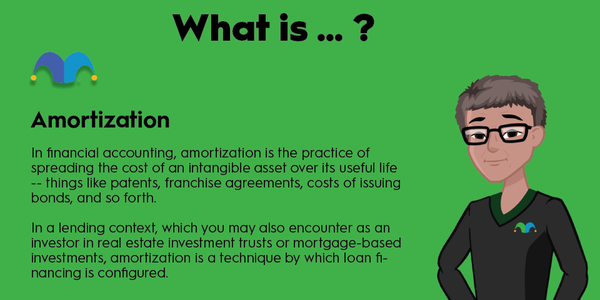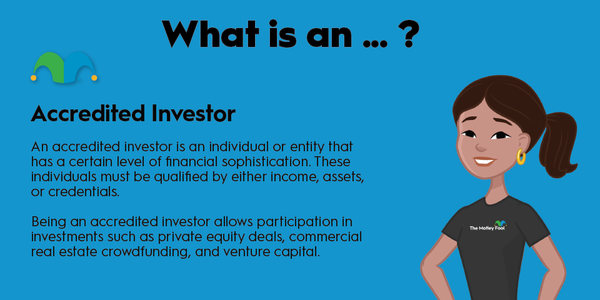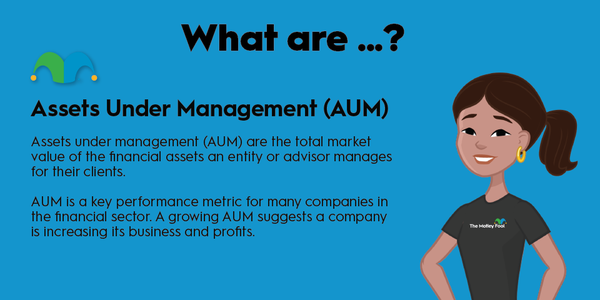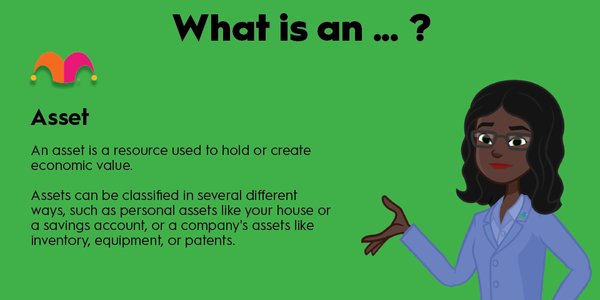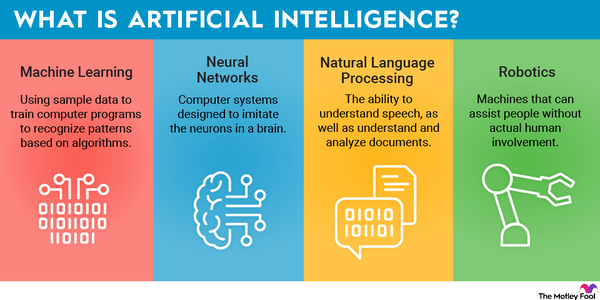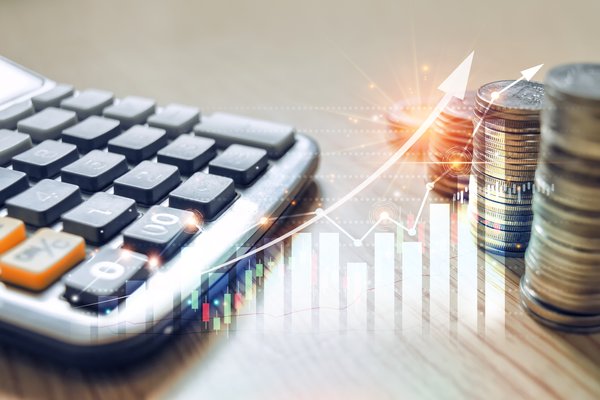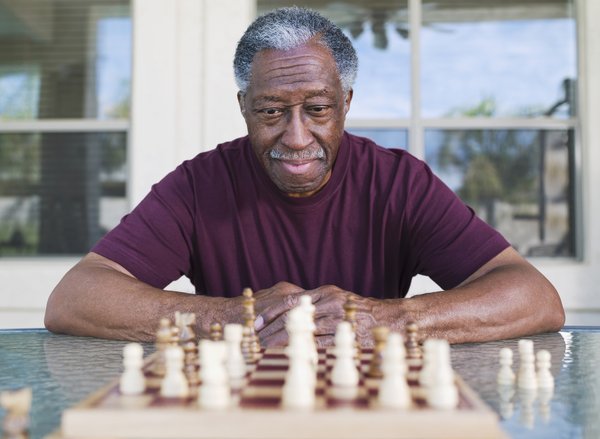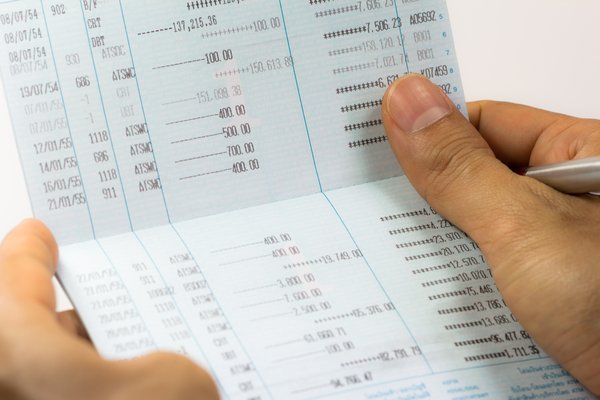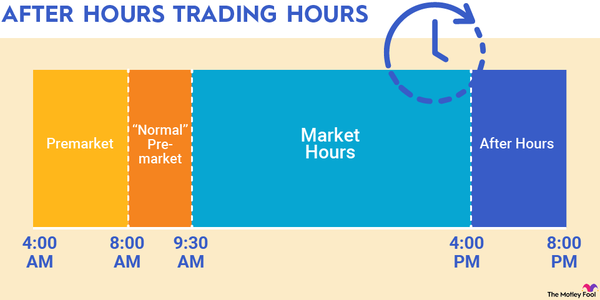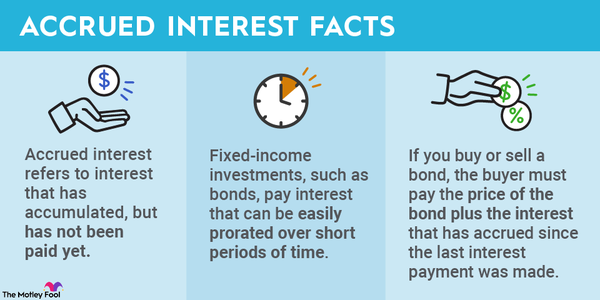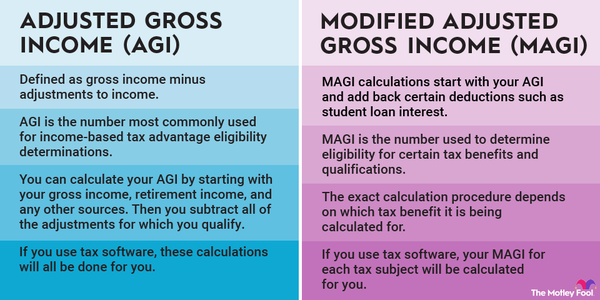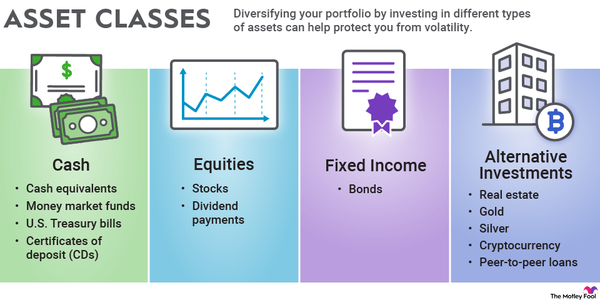The American Dream has been in a constant state of flux. Lately, it's become a bit of a punchline. As the late George Carlin observed, "It's called the American Dream because you have to be asleep to believe it." But the American Dream is still alive; it just means different things to different people.
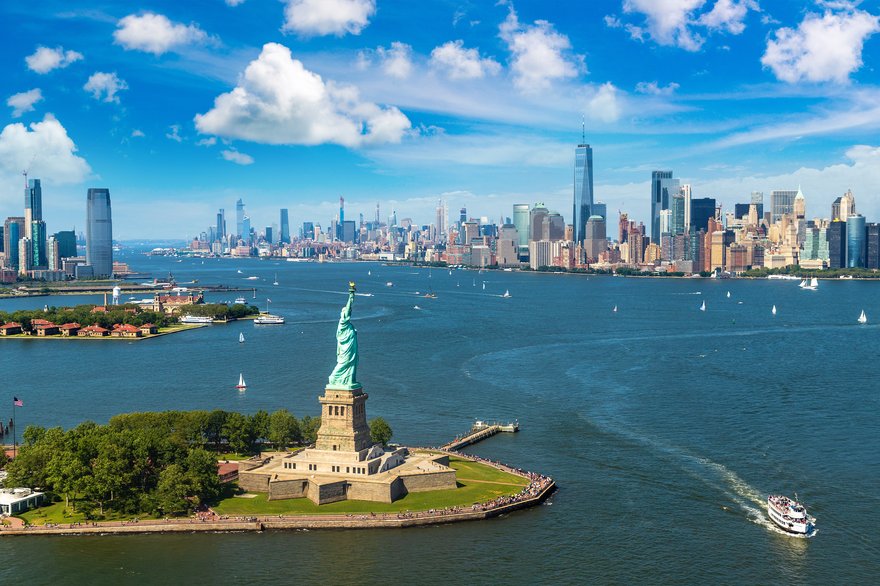
Definition
What is the American Dream?
For many people, the American Dream is a simple concept. Work hard, stay out of trouble, and you'll eventually have a comfortable life. But the dream is built on expectations; a comfortable life for some people might mean a house, car, and chance of retirement. For more ambitious people, it might mean a third home and new leather seats on the family Gulfstream jet.
The American Dream, however, has never been a static idea. In the depths of the Great Depression, the historian James Truslow Adams coined the phrase, arguing that the dream was about more than financial success. The American Dream, he wrote, was "not a dream of motor cars and high wages merely, but a dream of social order in which each man and each woman shall be able to attain to the fullest stature of which they are innately capable, and be recognized by others for what they are, regardless of the fortuitous circumstances of birth or position."
Adams said the epitome of the American Dream could be found across the street from the U.S. Capitol, in the Main Reading Room of the Library of Congress. There, he wrote, the country could be strengthened by the availability of shared knowledge for "old and young, rich and poor, Black and white, the executive and the laborer, the general and the private, the noted scholar and the schoolboy."
Its evolution
Evolution of the American Dream
Even two centuries before Adams used the phrase, the American Dream was a popular idea. Settlers and pioneers moved west in search of a better life in the 18th and 19th century; immigrants fled tyranny, religious persecution, and economic calamity for the United States, seeking a better life in the 20th and 21st centuries.
The collective idea, however, lost much of its luster in the wake of World War II and the beginning of the Cold War. Instead, Americans increasingly favored a consumer-driven capitalist economy over a communitarian society, leading to a widespread loss of faith in the American Dream.
A November 2023 Wall Street Journal/NORC survey -- which defined the American Dream as the idea that if you work hard, you'll get ahead -- found only 36% of voters said they believe in the American Dream, a significant decline from the 53% who subscribed to the idea in 2012. Half of the people surveyed agreed that the political and economic systems are "stacked against people like me." Only 28% of voters younger than 50 said they still felt they could advance if they worked hard.
Related investing topics
Related investing topics
In part, the declining belief in the American Dream has been driven by political polarization. President Joe Biden defined his economic plans as "just another way of saying 'the American Dream.'" Former President Donald Trump, however, has contended that "the American Dream is dead."
The bottom line? The American Dream will always work for some people, but there isn't likely to ever be a guarantee of universal success. As famed investor Warren Buffett put it, "The American Dream has been very real for millions and millions of people over the years. But there's been an American nightmare that has accompanied that."

